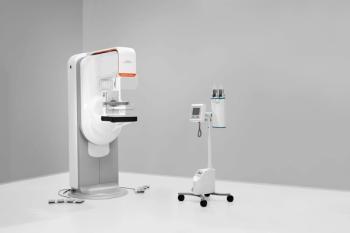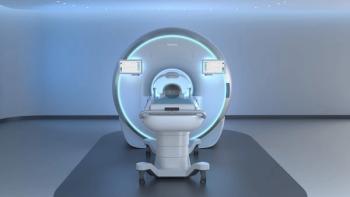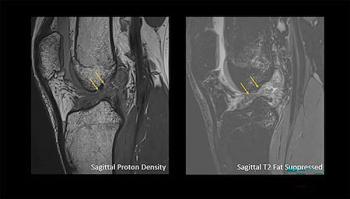
CAD for breast MRI takes aim at lesion classification
Researchers at the University of Iowa asked five readers (a breast MRI expert, two mammographers, and two fellows) to go up against three artificial classifiers in order to produce a breast MRI CAD system that will not only help detect lesions but also characterize those lesions as either benign or malignant.
Researchers at the University of Iowa asked five readers (a breast MRI expert, two mammographers, and two fellows) to go up against three artificial classifiers in order to produce a breast MRI CAD system that will not only help detect lesions but also characterize those lesions as either benign or malignant.
Breast MR CAD systems have the potential to reduce radiologist workload by decreasing the number of interpretation images from about 4000 to a smaller subset. Another potential advantage is providing extra information so radiologists can decide if lesions are benign or malignant, said Lina Arbash Meinel, Ph.D., lead author of the study presented as a poster at the 2005 RSNA meeting.
"The target goal is to have the system identify a lesion and, through texture and enhancement features, give the likelihood of malignancy," Arbash Meinel said.
She is now a senior research scientist with Philips Research North America, where she is helping to develop the CAD system.
Most breast MR CAD systems are nice viewers and include features such as color maps, but they do not include automatic segmentation or classify lesions as malignant or benign, she said.
Her research found one artificial classifier (back-propagation neural network) that was significantly better than the others. Improved reader ability by the fellows in her study suggests CAD can be used as a teaching tool, she said.
Newsletter
Stay at the forefront of radiology with the Diagnostic Imaging newsletter, delivering the latest news, clinical insights, and imaging advancements for today’s radiologists.




























